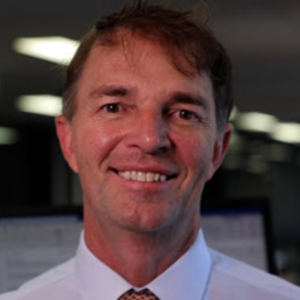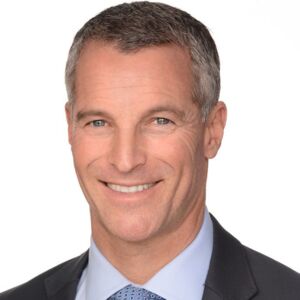Did the Fed cause the banking crisis?
By Elizabeth Fry

Duke University finance professor Campbell Harvey says the US Fed's decision to keep hiking rates has caused a lot of damage to the financial system.
After the Silicon Valley Bank, Signature and First Republic failures, he is calling on the US Fed to disclose how many banks are at risk right now.
The high-profile economist says bank failures are like cockroaches - there's never just one.
"If you see three cockroaches (leading to US$500 billion in bank failures), how many are behind the wall? The Fed is in a lose-lose situation, but after Wednesday's rate hike, we may soon see more roaches.
Harvey argues that the Fed is playing a complex game.
On Wednesday the Fed could have played the game one of two ways. Firstly, it could have paused rate hikes, but this option may have been interpreted as evidence the health of the banking system is worse than currently believed and could have caused a panic.
The second option was to hike again (which it chose) even though a hike could increase stress on the financial system, heightening the probability of a hard landing.
"Both are losing hands," he warns.
"It is naïve to think the banking problem is a three-bank problem.
"An alternative strategy is to show the public a data-driven risk analysis of US banks. Many regional banks are getting hammered - perhaps some unfairly. Which one is next? Why be so opaque? The heightened uncertainty is increasing the risk of a contagious event."
Given the Fed's own admission of failing supervision of Silicon Valley Bank, Harvey hopes the Fed changes tactics.
From where he sits, the Fed's recent record is quite disturbing.
The Fed kept rates near zero during a period of robust economic growth, low unemployment, and record-high stock prices inducing individuals and institutions like SVB to "reach for yield" and take on additional risk.
Worse, the Fed tried to talk down inflation as temporary when it was obvious to key observers it was anything but temporary. The strategy seemed to be aimed at tempering expectations. Assessments based on data rather than attempting to mislead to achieve a goal are far preferable.
The Fed is now trying to correct its earlier mistake (not hiking early enough) with another mistake (not pausing early enough). In economics, two negative actions do not equal a positive.
Moreover, he adds, the US central bank is not being transparent about the current state of the banking system.
"Fed actions have inverted the yield curve, greatly increasing the risk of a duration event for banks. The Fed also appears not to be performing its supervisory duties - at least that's how I read the reports on the SVB failure," he says.
"Another roach will appear soon.
"It is naïve to think JPMorgan can step in again like it did for First Republic. The bank does not have much dry powder left."
The economist sees two related risks: first, the zombification of part of the banking system, and second, a potential crash in commercial real estate, which is suffering from the structural problem of work-from-home decreasing office demand and from higher rates.
On the positive side, he goes on to say, it does look like the Fed will now pause, but unfortunately, five months too late.
"The damage is done," he states.
Inflation over the last nine months has been running at only 3.2 per cent. The key component driving inflation - shelter - is now trending down as both home prices and rents fall but will take a while to work through the CPI.
"This was foreseeable in January. It is now May. I hope we avoid a hard landing, but the Fed has (unnecessarily) made this outcome more likely".
And why should Australians worry?
Harvey says most economies are highly vulnerable to a US recession.
"Australia and most Asian countries are very exposed to the US. downturn."



